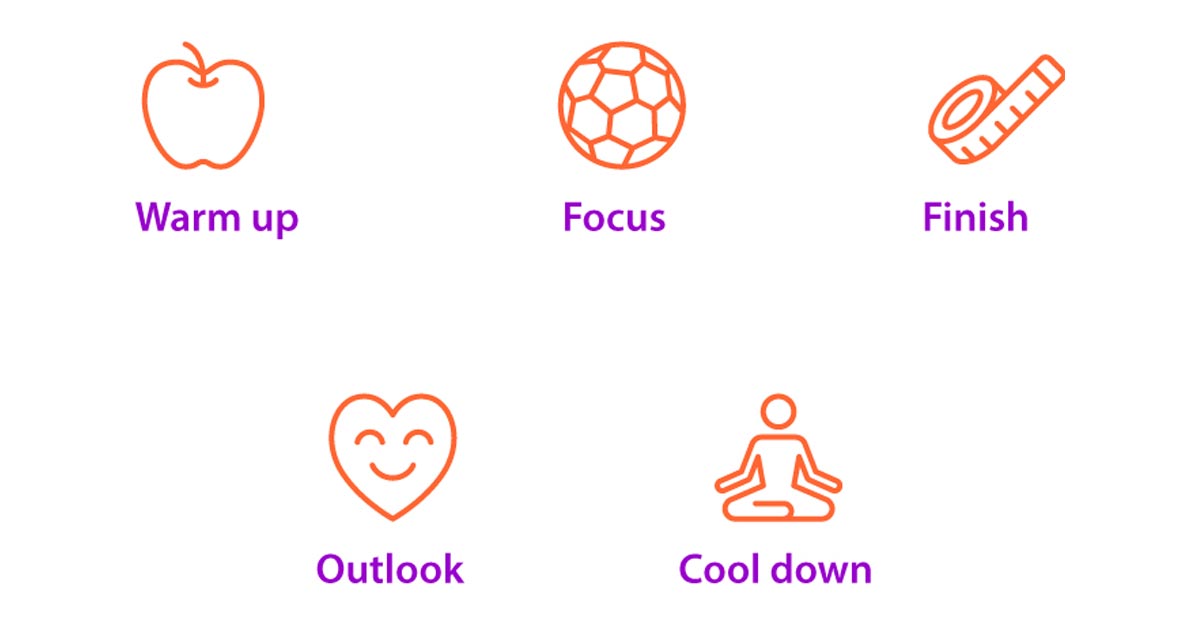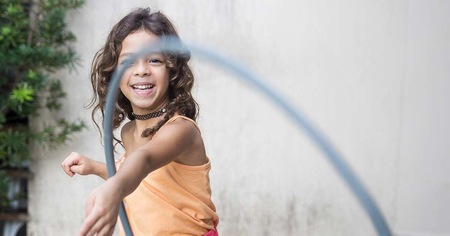Parents have asked educators this question for many years. It's an age-old problem that teachers face, as well as, "How can we get children to complete their assignments in school?"
Some say it's getting worse, with today's children and youth used to getting their way and feeling more entitled than ever. It's easy to lay the blame on video games, screen time, peer pressure, and too many outside activities.
In other words: We can claim it's their fault.
Alternatively, we, the adults in their lives, can take the reins and be accountable for our role in helping children build responsibility and a strong work ethic. A strong work ethic is one of the 21st-century skills that is being emphasized for career preparation.
Work ethic is defined in the Merriam-Webster dictionary as, "a set of values centered on the importance of doing work and reflected especially in a desire or determination to work hard." It can be viewed as a combination of initiative and productivity—two of the 21st-century skills needed in the workplace (Soffel 2016). It takes initiative to get started on the task at hand and productivity to accomplish the task correctly and efficiently.
But it's also something more.
Employees with a good work ethic are often described as "eager," "conscientious," "efficient" and "willing." They generally have a positive attitude when asked to redo or improve something. There is an element of collaboration and teamwork implied in saying someone has a good work ethic (AIR 2016; Hill and Petty 1995).
Isn't that what all parents and educators want for the children and youth in their care—to become adults with these characteristics? It turns out it's not that hard to achieve. What is needed is a plan, and a commitment to start early to implement that plan.
Donald Sheffield outlines the plan in his book, Practice Makes Perfect—Not! Understanding High Performance: Excellence Is a Habit. In simple form, it consists of five steps: warm up, focus, finish, outlook and cool down. The plan works for any activity that is the responsibility of the child. This includes chores at home, chores at school or in afterschool programs, homework, and school work. What works best is if school, afterschool programs and families implement the same plan.
The premise of the five-step plan is that in order for the child to earn free time, the child needs to complete the task up to the described standard and have a good outlook while doing the task. Parents and educators are setting the standard for high-quality performance and are holding the children accountable to these standards.
How does this look in practice? Let's take the task of cleaning up after dinner.

- Warm up. The child prepares mentally for the task. The adult ensures there is enough time for the child to complete the task and that all the supplies that are needed are there (soap, sponge, dishes).
- Focus. The child focuses on the task at hand. The adult emphasizes the importance of a clean kitchen and contributing to the family.
- Finish. The child commits to doing a good job. The adult explains what a "job well done" looks like (rinse and scrape before washing; stack dishes neatly to dry; wipe down the stove, counters, and table).
- Outlook. The child performs the task with a good attitude. The adult emphasizes the importance of a good attitude and what that looks like (child respects the environment and people around her, child does not complain, child asks for help respectfully, if needed).
- Cool down. The child ensures the goals have been met. The adult checks the kitchen. If the child missed something, he makes the correction. Once the correction is made, the child earns time to "chill."
Open the handout 5-step plan to develop strong work habits and a positive attitude: Examples for use in ELOs and at home for a simple chart to guide the process.
For more ideas to help out-of-school time providers connect to families, schools and communities, take this two-hour online module from Better Kid Care.
Want to learn more about youth development topics and receive professional development credit? Penn State Better Kid Care provides free* online professional development modules accessible anywhere, anytime, for early childhood education and school-age professionals. Approximately 100 hours of school-age professional development are available, including topics in PYD, SEL and STEM. These modules are approved for professional development in 49 states.
*There is no charge to read the content, view the videos, and download and print the activities. To take the assessment and receive a Certificate of Completion, you will be prompted to pay a $5 fee.
Eileen Wise is a youth development specialist at Penn State Better Kid Care and primary author of the PYD series and other modules for school-age professionals.
ADDITIONAL SOURCES
American Institutes for Research (AIR). 2016. Integrating Employability Skills: A Framework for All Educators. College and Career Readiness and Success Center, Center on Great Teachers and Leaders, and RTI International.
Hill, Roger B., and Gregory C. Petty. 1995. A new look at selected employability skills: A factor analysis of the occupational work ethic. Journal of Vocational Education Research 20(4): 59-73.
Sheffield, Donald E. 2009. Practice Makes Perfect—Not! Understanding High Performance: Excellence Is a Habit. Pittsburgh, PA: Dorrance Publishing Company.
Soffel, Jenny. 2016. What are the 21st-century skills every student needs? World Economic Forum.
Photos courtesy of Penn State Better Kid Care.




